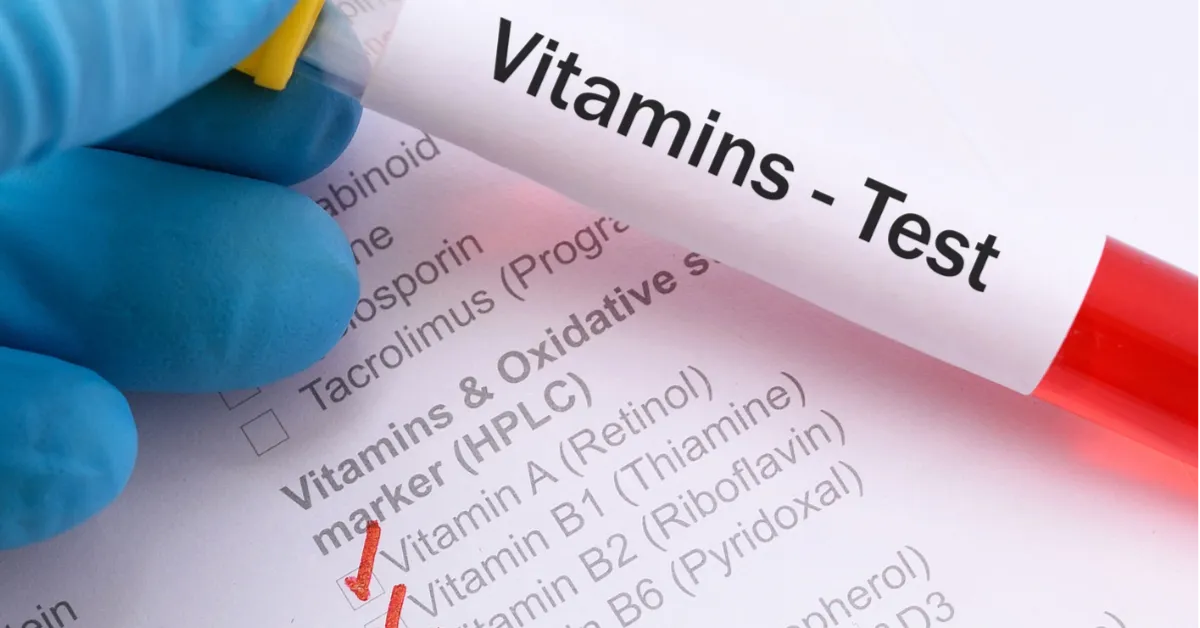AOAC 969.33 Vitamin C Analysis in Citrus Juices
The AOAC Official Method 969.33 is widely recognized for its precision and accuracy in determining the ascorbic acid content (Vitamin C) in citrus juices. Ascorbic acid, a key vitamin known for its role in immune function and antioxidant properties, must be accurately quantified to ensure product quality and compliance with international standards.
The method involves the use of a spectrophotometer following a specific extraction procedure that ensures the stability and integrity of ascorbic acid. This process is critical for maintaining the vitamin's biological activity post-processing. The method also requires precise sample preparation, which includes dilution steps to ensure accurate readings without interference from other compounds in citrus juices.
The AOAC 969.33 test protocol is designed to handle various types of citrus juice samples, including fresh squeezed and pasteurized varieties. This flexibility allows for a comprehensive evaluation that can inform quality control measures and product development strategies within the food industry.
Compliance with international standards such as ISO 15214 ensures that the testing process adheres to global best practices in analytical chemistry. The method is particularly relevant for companies operating in sectors where transparency about nutritional content is paramount, including dietary supplements and juice manufacturers.
The reliability of AOAC 969.33 lies not only in its robustness but also in the ability to provide consistent results across different batches and over time. This consistency is crucial for maintaining brand integrity and consumer trust, which are vital components of a successful product lifecycle. For R&D teams, this method can be instrumental in identifying optimal processing conditions that preserve Vitamin C content.
Quality managers and procurement officers benefit from the precision provided by AOAC 969.33 as it helps ensure consistency in supply chain management, thereby minimizing risks associated with variability in product quality.
- Why Choose This Test: The AOAC 969.33 method is chosen for its accuracy and reliability in measuring Vitamin C content. It ensures that products meet strict nutritional claims and comply with international standards, enhancing consumer trust and regulatory compliance.
- The method's ability to handle various citrus juice samples makes it versatile and reliable for different product formulations.
- Compliance with ISO 15214 adds credibility to the testing process, ensuring that results are consistent and accurate.
- For R&D teams, this method provides insights into optimizing processing conditions to maintain Vitamin C content during juice production.
Why It Matters
Adequate Vitamin C content in citrus juices is crucial for maintaining the nutritional value of the product, which directly impacts consumer health and satisfaction. Accurate measurement ensures that products meet dietary recommendations and regulatory requirements. For instance, insufficient Vitamin C can lead to deficiencies, while excessive amounts might indicate contamination or processing errors.
Quality managers rely on this test to ensure consistency in production processes, reducing the risk of batch failures due to variability in Vitamin C content. Compliance with international standards is essential for maintaining brand reputation and ensuring that products are safe and effective for consumption.
The AOAC 969.33 method also supports R&D efforts by providing reliable data on how different processing methods affect Vitamin C levels, which can inform product development decisions aimed at enhancing nutritional value without compromising shelf stability or taste.
For procurement officers, the accuracy of this test ensures that raw materials are consistent in quality and meet specified nutritional standards. This reduces the risk of supply chain disruptions due to variability in ingredient quality, thereby supporting continuous operations.
Why Choose This Test
- Precision: The AOAC Official Method 969.33 provides highly precise measurements of Vitamin C content in citrus juices, ensuring accurate nutritional labeling and compliance with international standards.
- Compliance: This method ensures that products meet stringent regulatory requirements, enhancing consumer trust and brand reputation.
- Versatility: The method can handle various types of citrus juice samples, making it suitable for different product formulations and testing needs.
- Data Consistency: AOAC 969.33 ensures consistent results across batches and over time, providing reliable data for quality control and R&D efforts.
- Expertise: The method is widely recognized in the industry, backed by years of research and validation, ensuring that the test results are credible and accepted globally.
- International Standards: Compliance with ISO 15214 adds credibility to the testing process, ensuring that results are consistent and accurate.
Environmental and Sustainability Contributions
The AOAC 969.33 method contributes positively to environmental sustainability by supporting efficient resource management in citrus juice production. By accurately measuring Vitamin C content, the method helps ensure that only necessary quantities of raw materials are used, minimizing waste and reducing environmental impact.
Accurate testing also supports the development of more sustainable processing methods that preserve nutritional value without compromising environmental friendliness. This aligns with broader sustainability goals within the food industry, promoting responsible sourcing and production practices.
The method's role in quality control further enhances the overall efficiency of supply chains, reducing inefficiencies and supporting a circular economy model where resources are reused effectively. By ensuring that products meet nutritional standards, the AOAC 969.33 test helps promote healthier consumption habits, which can lead to better health outcomes for consumers.
For companies committed to environmental stewardship, adhering to this method ensures that their operations contribute positively to sustainability goals, aligning with broader industry initiatives and public expectations.





